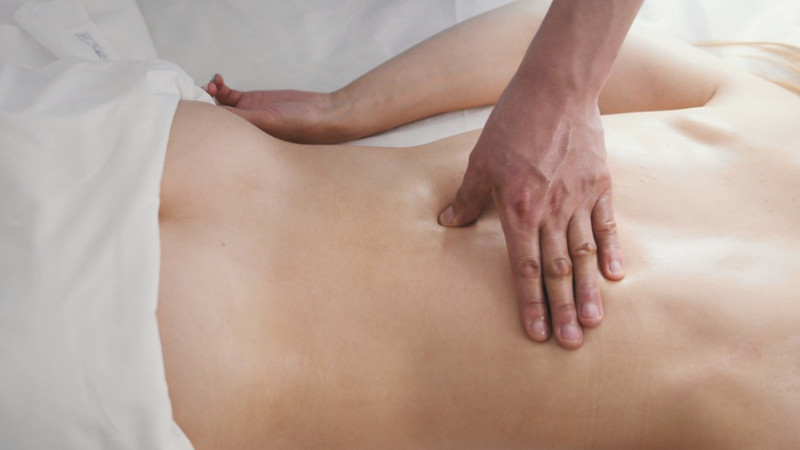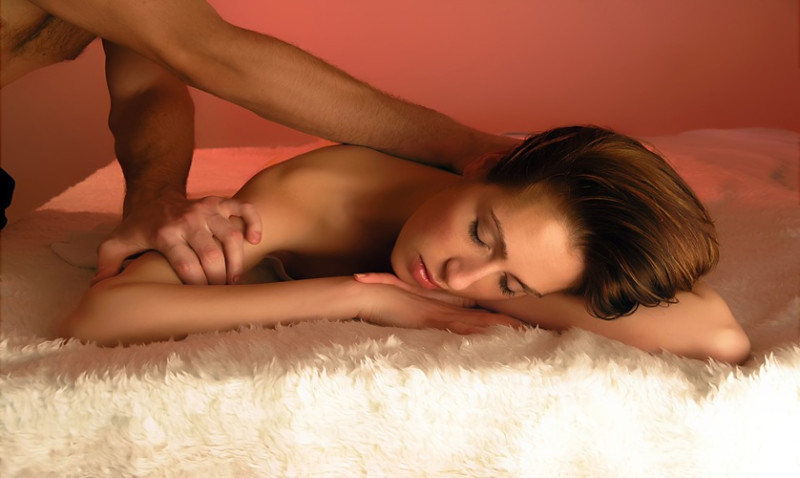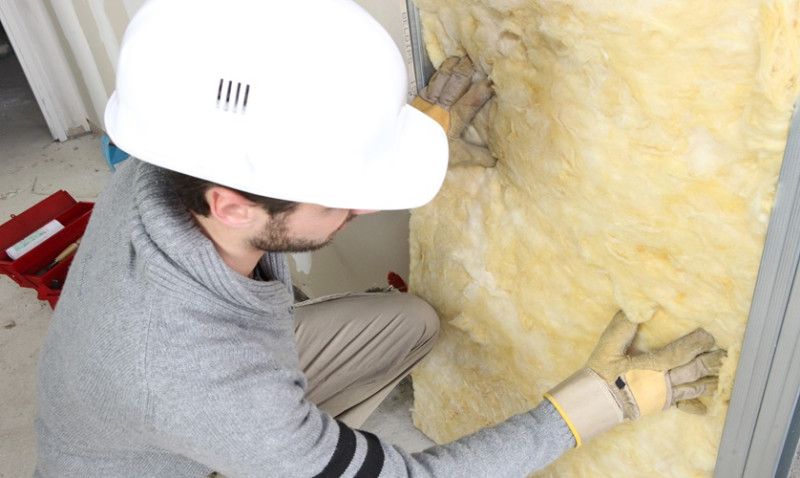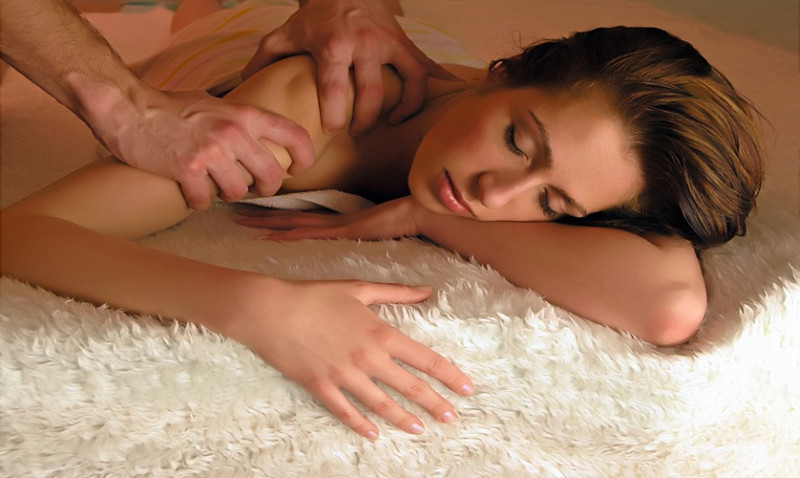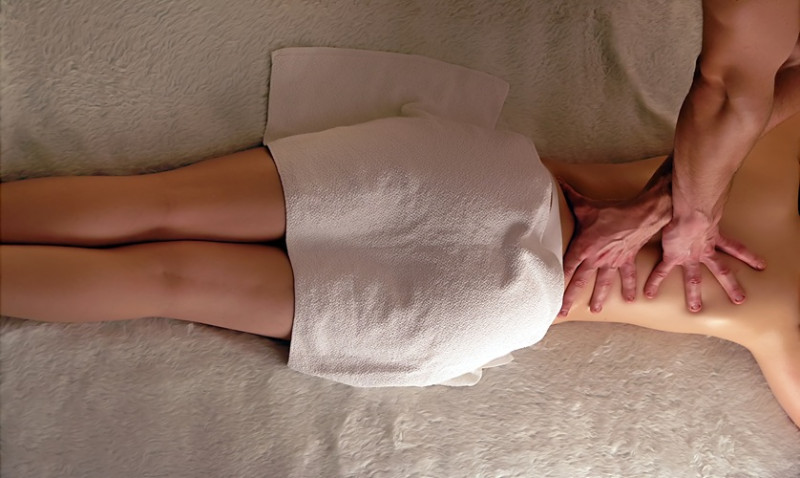
Starting your own massage therapy business can be one of the most rewarding ventures—combining your passion for wellness with the satisfaction of running something truly yours. But like any entrepreneurial journey, hindsight is often 20/20. Whether you're an aspiring therapist, an interior designer outfitting therapy spaces, or a tradesperson working on fit-outs, you’ll benefit from learning what I wish I had known when starting out. Here are the top three things I’d do differently if I were to launch my massage business all over again—and how these reflections can help YOU create a smarter, more successful wellness-based business in the UK.
1. Prioritising the Right Location Over Convenience
When I first launched, I selected a location that was affordable and close to home—what seemed like a logical and practical choice. Unfortunately, I didn’t do in-depth research into foot traffic, demographics, or surrounding businesses. As a result, I struggled to attract a consistent flow of clients, especially the professionals and wellness-conscious individuals who would’ve been my ideal audience.
Location can make or break a service-based business. If I had to do it again, I would invest far more time into targeting a space in a bustling area with good visibility—perhaps near yoga studios, coworking spaces, or health food shops that naturally attract likeminded clientele.
Architects and designers taking on wellness projects should consider this too—a beautifully designed space placed in the wrong postcode doesn't perform. Similarly, tradespeople should coordinate with business owners early on to understand traffic flows and how each room's layout supports customer experience.
Even if a central location comes with a higher rental cost, it can be offset by better pricing structures, increased bookings, and long-term brand awareness. I learned this the hard way.
2. Investing in the Right Design and Atmosphere Early On
One of my biggest regrets? Underestimating the power of interior design in creating a relaxing, professional and trust-evoking therapy environment. I scrimped on initial setup—basic lighting, makeshift décor, and standard white walls. It simply didn’t reflect the brand experience clients were seeking, especially those urban professionals looking for escape and tranquillity amid their busy lives.
In hindsight, I would have worked closely with a designer to create an environment where each detail—from the aroma at the door to the lighting in the treatment room—was perfectly aligned with wellness and healing vibes. Spatial designers and architects working on similar projects will know how elements like acoustics, natural textures, and modular lighting can transform a small practice into a sanctuary.
For DIY renovators or tradesmen outfitting therapy clinics, this is a key point. Think beyond functionality. You'll need warm, calming tones, non-slip luxury flooring, built-in storage for decluttering, and acoustic treatments to block noise. All small changes—but together, they elevate the premium feel of the space.
The cost of hiring professional trades or investing in higher quality materials is easily returned in how clients perceive your space—and often, how frequently they return. Designers and business owners should budget for ambience just as they would for equipment.
3. Building a Stronger Brand Presence Before Launch
Branding wasn’t on my radar in the early days. I thought offering great massage experiences and word of mouth alone would be enough. While skills and service quality are vital, I learned that people need to connect with your brand well before they lie on your massage table.
If I could restart, I’d focus first on branding—from logo and colour palette to tone of voice and visual assets. I’d build a simple but polished website with strong SEO foundations to attract local traffic in the UK, set up professional email communications, and invest in some social media strategy to tell my brand’s story.
An excellent massage business is more than just the massage—it’s your energy, your story, your promise. It’s also how discoverable and memorable your services are when someone types “deep tissue massage near me” at 8 pm after a stressful Monday.
Even well-designed therapy spaces won't generate traffic themselves if there’s no branding to connect with visitors. Designers working on clinic interiors should collaborate with branding experts to ensure coherence across physical and digital spaces. And with most people researching locally online, don't overlook the power of Google Reviews and local SEO for visibility.
Here’s a quick look at how brand investment compares in terms of time, cost and returns:
| Brand Element | Time Investment | Estimated Cost (GBP) | Potential Return |
|---|---|---|---|
| Logo and Visual Identity | 1-2 weeks | £300-£800 | Increased credibility and memorability |
| SEO Website Build | 2-4 weeks | £800-£2000 | Local traffic and online bookings |
| Social Media Strategy | Ongoing | £200/month or DIY | Brand engagement and loyalty |
| Google My Business & Reviews | 2-5 hours setup | Free | Improved local visibility |
Final Thoughts
Starting a massage business in today’s competitive, design-conscious market requires so much more than being a good therapist. You need strategic thinking, location awareness, visual branding, and compelling physical environments—all of which contribute to exceptional client experiences. Whether you're a solo therapist, or part of the team supporting business launch, recognising these lessons early can save you time, money and frustration.
For DIYers and designers, consider how layout and aesthetics influence not just functionality, but client comfort. For UK-based professionals thinking of venturing into massage therapy, plan your timeline and budget to leave room for branding and marketing—virtually and physically. And above all, think like your future clients: what would make YOU come back?
By realising what I missed early on, I’ve now created a business that communicates professionalism with every glance, email, footstep, and massage stroke—and it's this attention to detail that truly sets businesses apart.
